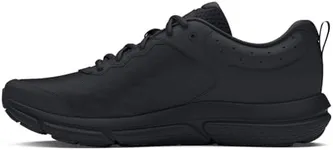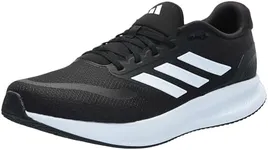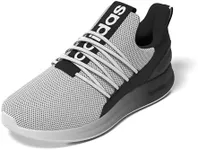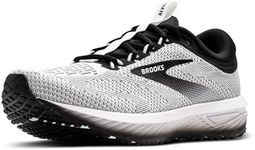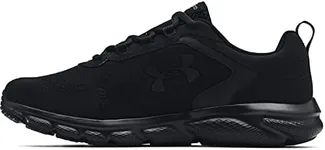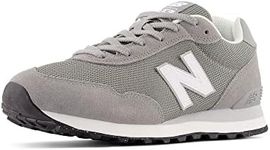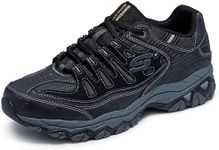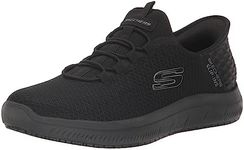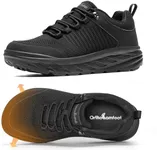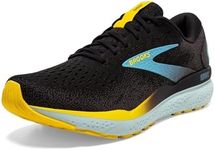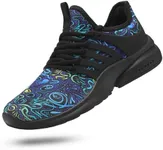Buying Guide for the Best Standing Shoes For Men
When it comes to choosing the right standing shoes for men, it's essential to focus on comfort, support, and durability. Standing for long periods can put a lot of strain on your feet, legs, and back, so selecting the right pair of shoes can make a significant difference in your overall well-being. Here are some key specifications to consider when shopping for standing shoes for men, along with explanations to help you make an informed decision.Arch SupportArch support is crucial for maintaining proper foot alignment and reducing strain on your feet and legs. Shoes with good arch support help distribute your weight evenly and prevent issues like plantar fasciitis. Look for shoes with built-in arch support or removable insoles that can be replaced with custom orthotics if needed. If you have high arches, opt for shoes with higher arch support, while those with flat feet should look for shoes with moderate to low arch support.
CushioningCushioning refers to the padding inside the shoe that absorbs shock and provides comfort. This is especially important for standing shoes, as it helps reduce the impact on your feet and joints. Shoes with ample cushioning in the midsole and heel area are ideal for prolonged standing. If you stand for long hours, choose shoes with thick, responsive cushioning to keep your feet comfortable throughout the day.
MaterialThe material of the shoe affects its breathability, durability, and overall comfort. Leather and mesh are popular choices for standing shoes. Leather is durable and provides good support, while mesh offers better breathability and flexibility. If you work in a hot environment, opt for shoes with breathable materials to keep your feet cool and dry. For more rugged use, leather might be a better option due to its durability.
FitA proper fit is essential for comfort and support. Shoes that are too tight can cause blisters and discomfort, while shoes that are too loose can lead to instability and foot pain. When trying on shoes, make sure there is enough room in the toe box for your toes to move freely, and that the heel fits snugly without slipping. Consider trying on shoes at the end of the day when your feet are slightly swollen to ensure a good fit.
OutsoleThe outsole is the bottom part of the shoe that comes into contact with the ground. A good outsole provides traction and stability, which are important for preventing slips and falls. Look for shoes with non-slip, durable outsoles made from rubber or other high-traction materials. If you work on slippery surfaces, prioritize shoes with excellent grip to ensure your safety.
WeightThe weight of the shoe can affect your comfort, especially if you are standing for long periods. Lighter shoes reduce the strain on your legs and feet, making them a better choice for prolonged standing. However, make sure that the lighter weight does not compromise the support and cushioning you need. Try to find a balance between weight and the other important features.
